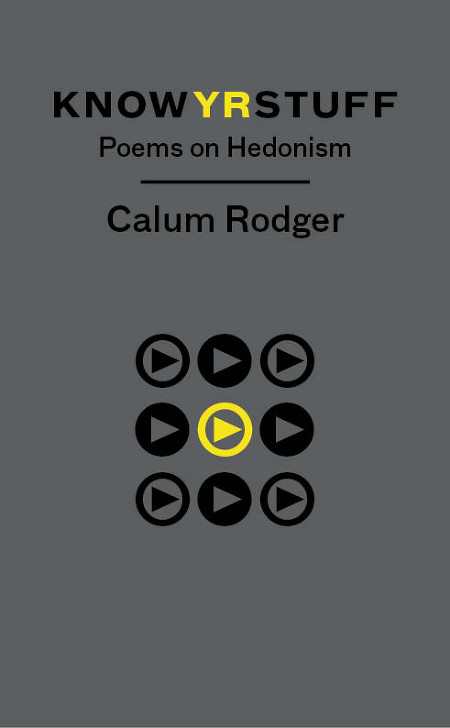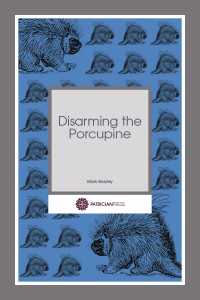The Island by Chris Considine
-Reviewed by Jennifer Edgecombe-
As an object, The Island, published by Wayleave, makes you feel as if you are embarking on an excursion. The pamphlet cover features ‘Tidal’ by Mike Barlow; a neat square of wood painted in watery hues, which draws you in to the centre of the pebble-grey page. The book opens with textured dark green endpapers, inviting you to physically cross the foreground leading to the island. This aesthetic attention to detail echoes Considine’s observational style, the narrative set out as a journey to Looe Island in Cornwall, the inspiration for her collection. This can be seen in the opening poem which pulls you headfirst into the adventure. The title doubles as the first line in the poem and continues with a directional command:
The uncertainty principle is inherent in the properties
of all wave-like systemsEven so, it’s important to set out
for the island.
This poem then takes you on an attempt to visit the island, only you are hampered by various elements. But these, and the equipment needed to weather the elements, ‘waterproofs and woollens’ are the focus. The reader is allowed a glimpse of the island but it is distant and without detail, defined as a landmark yet shrouded in weather:
Look over to the island: it’s there, still,
untouched by the decades,its edges slightly blurred
so that suddenly you feel unsure.
This juxtaposes the two states of reality, the fixed and the shifting. The haze over the land has confused the narrator into thinking the land she views as solid and permanent isn’t really there. Considine also applies great technical skill to her writing. In the poem, ‘Scratching the surface’, the line break between the first two stanzas recreates a scene from history for the reader. The map is transposed over the top of the current day setting:
stones in long grass. On the Armada map
a chapel balanced on the apex,vanished now. The Time Team are digging
I can see the perched chapel in my mind, clinging to the end of the sentence and can sense that depth of vanishment as the words move off the line. Likewise, in ‘Herring gulls over Little Island’, the use of white space between the words works well to both describe flight and add a natural ease of rhythm:
Wings stiff and almost still just the tiniest
dips and adjustments sometimes a few flaps and then
they slide as it across ice slither
as if down snow-slopes. Air is their plaything
Considine achieves a visualness to her work through many techniques but her use of word choice is imaginative. She develops this further in ‘Fishing fleet’. The narrative speaker is woken in the night to the sound of ‘a constant humming / like a long-drawn-out / cello-note’. The thin and tight prose down the centre of the page pulls you as taut as the sound and light and movement, and therefore nature and life blur into one thread:
Air is sharply clear
and lights are gliding
on glassy water,
white lights and green lights
steadilyprocessing, string out
evenly on their
bass continuo,
towards an unseen
horizon.
Movement, sounds and objects appear three-dimensional and shifting despite use of a standardized prose format. I grew up in Cornwall and enjoyed being completely transported to a place that I feel very far from. There are accuracies of place that I recognised such as the very early flowering of daffodils compared to those in colder, Northern climates in ‘Island wedding’:
From Christmas the daffodil fields would be a ripple
of creamy white, yellow and spots of orange.
The sisters never managed to pick them all in time
The narrative continues to explain that the last of the sisters was buried within the flower fields. Considine’s collection brings alive both the present and past of Looe Island and the ghosts of Cornwall are strongly felt alongside the present day scenery such as the ‘monk, smugglers, farmers, coastguards’ and she embodies them together in ‘the tall house only pretending / to be empty’.
The final poem ‘Crossing’ concludes the pilgrimage:
‘and the island fading behind us, mist
on mist, paler and smaller and then not there.
Taken concretely, this book is an imaginary collection of poems for both the writer and reader so the island does not and therefore cannot exist. Yet Considine embraces this notion and infuses this element within her work so you are left with a feeling of magical realism. Which made for a great, explorative read.





